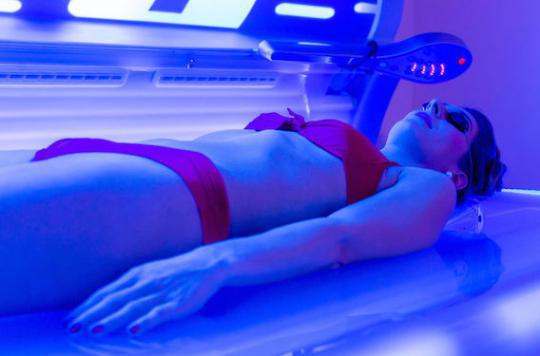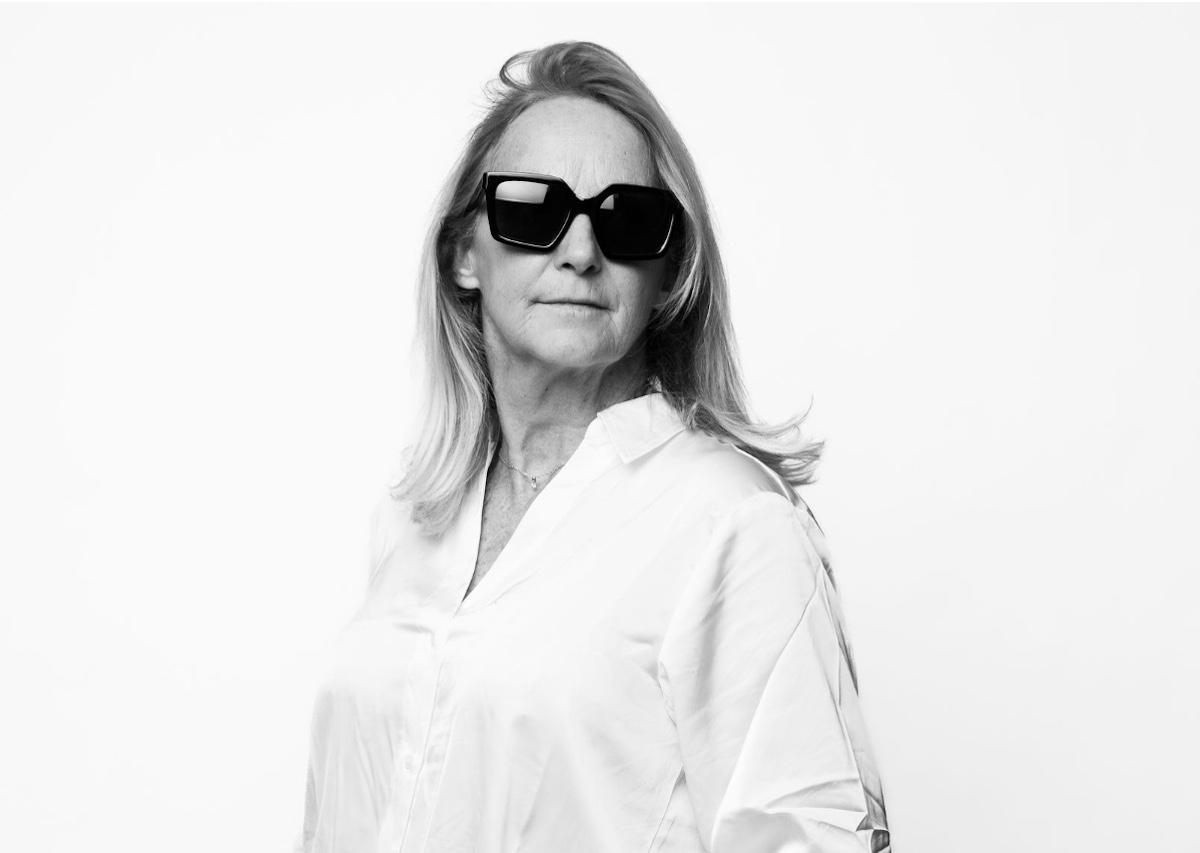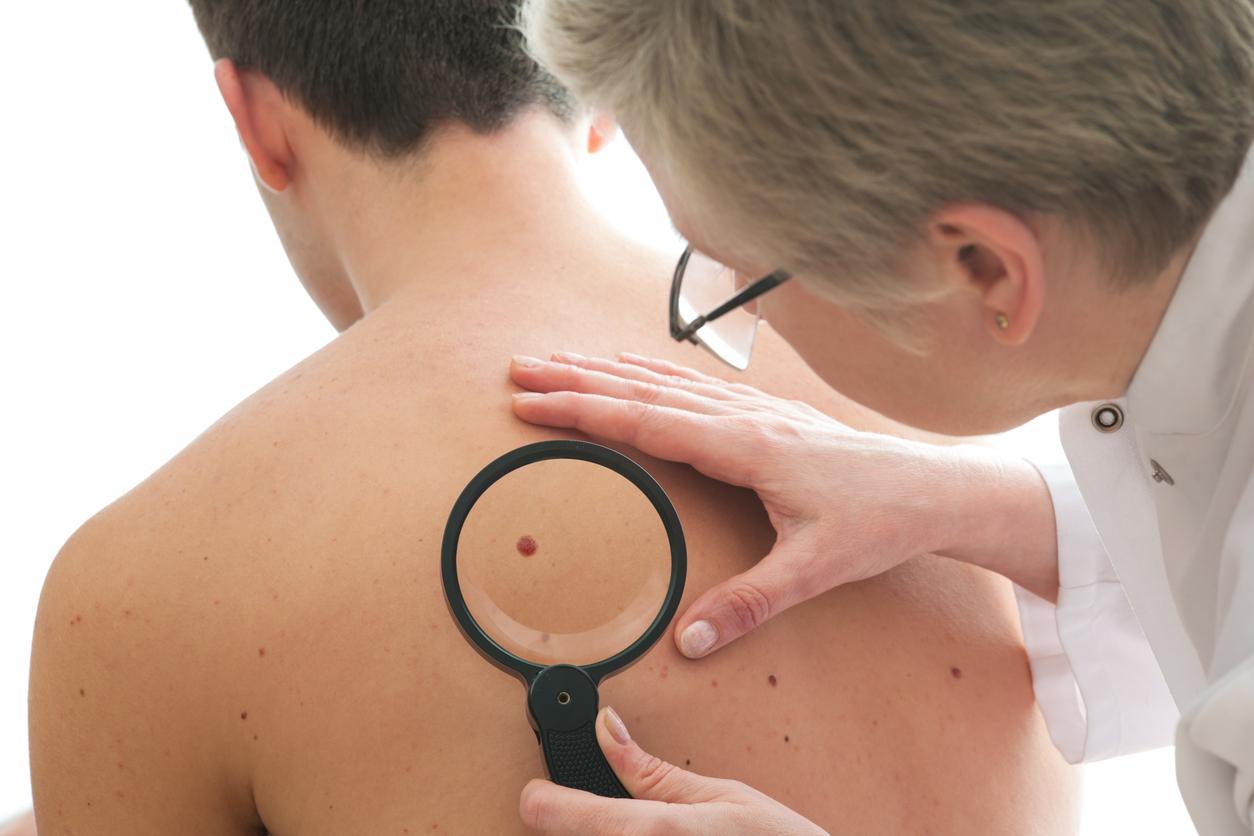
- The Health Bill should not lead to a ban on tanning booths. On the other hand, several regulations are already imposed on French institutes:
- Devices must be declared to the prefect of the department. Access to them is prohibited for persons under 18 years of age.
- The law imposes a technical inspection of tanning booths every two years. Each device must clearly and legibly mention information on the precautions for use, the biological effects of artificial UV rays, the maximum duration of exposure and the risks associated with excessive exposure.
- Booths cannot emit more than 0.3 W/m2. This corresponds to the midday sun in the subtropics.
- The maximum recommended annual dose is 23 sessions. Anyone who practices artificial UV must take care to protect their eyes, with glasses, and their private parts.
- Any advertising mentioning a beneficial effect of tanning booths on health is prohibited.
INQUIRY – The Health Bill should not result in a ban on tanning booths. And yet, they are carcinogenic to humans.
“10 UV sessions, the 11and offered”, “One month of unlimited UV sessions at 29.90 euros”, “UV sessions to be tanned all year round”… There is no shortage of arguments to attract customers to a tanning salon. The territorial network is quite effective since 10,700 establishments offer artificial UV cabins. 600 even live exclusively from this trade. But specialists in the sector have cause for concern: the government seems to have decided to tighten the restrictions imposed on this trade by a turn of the screw.
It is within the framework of the health bill that the French position vis-à-vis tanning booths should be played out. Two options will be opposed on November 24 and 25 in the National Assembly: purely and simply ban these devices, or prohibit “any commercial practice aimed at promoting or offering preferential rates or promotional offers for the provision of services”.
All or nothing against devices whose damage is now well proven. “This is a case that is not new, but it drags on and will lead to a health scandal,” said Claudine Blanchet-Bardon, vice-president of the National Syndicate of Dermatologists-Venerologists (SNDV). France was, however, a pioneer in regulating the use of tanning booths. In 1997, the State decided to prohibit their access to minors, even before studies demonstrated their deleterious impact on health.
Tax cabins
In the 2000s, several research teams looked into the subject. “The scientific community was interested in it from the start because tanning booths emit UVA and UVB at high intensities, intermittently. They are mainly used by populations who have fair skin, relatively young, to expose anatomical areas usually covered. This is exactly the map of the etiology of melanoma,” summarizes Mathieu Boniol, epidemiologist at the International Prevention Research Institute (iPRI). This researcher is also one of the co-signatories of the monograph of the International Agency for Research on Cancer (IARC) which led to the classification of artificial UV rays as certain carcinogens. She concludes that exposure to UV cabins, at least once in a lifetime, increases the risk of melanoma by 20%.
Claudine Blanchet-Bardon vice-president of the SNDV: “ Formal scientific evidence came gradually until the opinion of the International Agency for Research on Cancer in 2009. »
Access to tanning booths may be prohibited for minors, 3.5% of them have already taken advantage of UV sessions. This result is worrying because the risk of melanoma is dependent on the age of exposure. When the first time occurs before the age of 35, it is increased by 59%.
“It seems common sense to target this young population as a priority,” says Pierre Cesarini, general manager of the Solar Security association. Today, UV sessions are really not expensive. Our association calls for the taxation of tanning centers, as is done with tobacco, with net price increases. I am talking about a real tax aimed at hitting the wallets of the most vulnerable, that is to say the young and the least well-informed. »
Tanning booths: A health scandal still in the shadows – Our investigation bit.ly/1My7HFv
Posted by whydoctor on Monday, November 23, 2015
False allegations
A concrete measure is urgent because received ideas are legion in the field of artificial UV. One in two French people think they are well informed about the risk of cancer. But 24% believe that this practice helps prepare the skin before the holidays. However, this is absolutely not the case.
“The sun in a box, as it is practiced in the cabins, has no interest for health, recalls Claudine Blanchet-Bardon. Claims that it prepares the skin for the sun are false, as the cabins do not have the sun spectrum and provide no protection. This also does not make it possible to produce vitamin D.” No protection and devices set to the maximum: in France, 80% of the cabins emit an intensity equivalent to the midday sun in the subtropical zone (UV12).
Claudine Blanchet-Bardon : “ If you don’t put a thong for women and a shell on a man’s genitals, you risk causing them to develop genital cancers. »
Used in certain skin diseases
Artificial UV rays for aesthetic purposes have no benefit for health. But they can be used against certain inflammatory skin diseases. This is particularly the case in psoriasis, adult eczema or even lymphoma. But the treatment differs completely from the exposure observed in the institute. UV rays are combined with a drug that optimizes their action. They are then used in dermatological practices, according to a precise protocol, approved on a European scale. Moreover, the number of sessions is drastically limited.
French inaction
On the political level, however, immobility has dominated for several years. In 2012, the SNDV organized a press conference to recall the risks linked to the use of tanning booths. The Minister of Health, Marisol Touraine, then made several announcements: abolition of advertising, subscriptions, reinforced training of professionals in particular. “Three years later, nothing has changed, regrets Claudine Blanchet-Bardon. We were told that the advertising would be maintained, and that 25% of its surface would be devoted to public health messages. In 2015, we are not even talking about this 25% anymore. »
In fact, the health bill should only mention the prohibition of promotional gestures. The text adopted in the Senate, which closes all access to tanning booths, has little chance of passing the Assembly: Marisol Touraine has expressed her opposition to such a measure. It must be said that the market is not negligible: it supports 22,000 jobs. “It’s a small disappointment, recognizes Mathieu Boniol. France was a pioneer. We could have kept this lead and been more firm, by having more restrictive legislation after the IARC classification. »
Mathieu Boniol, epidemiologist at iPRI: “ Health agencies have issued recommendations. In the medium term, ANSES recommends banning cabins. »
1 to 4 times the impact of the Mediator
The 2014-2019 Cancer Plan clearly mentions the reduction in exposure to artificial and natural UV radiation. But the text does not set a health objective or result indicator. “There is a time lag between the political will displayed in the Cancer Plan and its implementation, establishes Pierre Cesarini. It lacks a proper campaign, which should arrive in the months or years to come. It is expensive and requires a lot of preparation. We can also think that it is not easy to do in relation to lobbying. »
Before even thinking about adopting new regulations, we should already ensure that the old ones are applied. Because in fact, the regulations in place are not followed very much. For example, the technical inspections of the cabins, supposed to be carried out every two years, are regularly “forgotten” by the managers. according to a study by the Institut de Veille Sanitaire (InVS), carried out in 2012. She also underlined that traders attach the mandatory information to the edge of the device facing the wall – even though they are supposed to be readable.
The consequences of this inaction could well be devastating. InVS has produced an estimate of the impact of the use of tanning booths in the general population. 4.6% of new cases of melanoma are due to these devices, concludes this work, again signed by Mathieu Boniol. “About 200 cases of melanoma per year are attributable to tanning booths and 40 to 50 deaths, he develops. This is one to four times the impact of the Mediator. But France does not seem determined to follow the examples of Brazil and Australia, which have both banned the use of tanning booths.
What regulations abroad?
If France does not seem ready to ban tanning booths, two countries have already chosen this solution in the face of the dangers of skin cancer. In 2009, Brazil was the first to take the plunge, followed in 2015 by Australia. “This is explained by the very high risk of melanoma faced by the population, originating from Scotland or Ireland, and who are exposed to a staggering dose of UV. Adding UV cabins to that was not tolerable,” explains Mathieu Boniol, epidemiologist at the International Prevention Research Institute (iPRI). Most countries have done little better than France. In Finland, Sweden, Norway, Denmark and Iceland, the maximum annual exposure dose has been limited to 10 kJ/m2 against 15 in France.
Mathieu Boniol : “ The country that was most active was Denmark, which carried out information campaigns targeting UV cabins. »
Spain has chosen the path of traceability, by having users sign informed consent, who must also keep a tanning book. The objective is not to exceed the maximum annual exposure dose. But it is undoubtedly the American choice which could prove to be the most decisive. The Internal Revenue Service (IRS) imposes a 10% tax on services related to artificial UV rays to the managers of tanning salons.
.

















